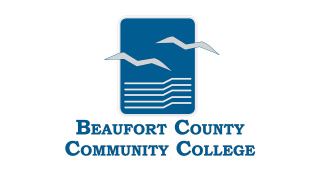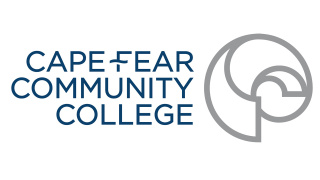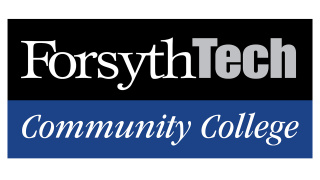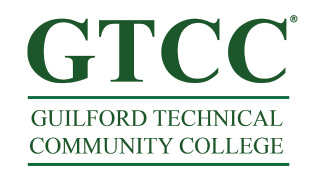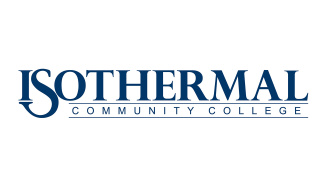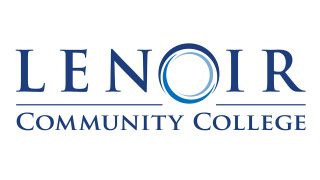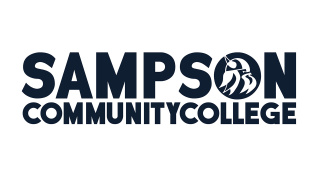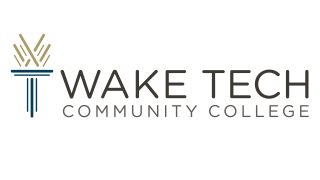Students will learn how to write an effective Standard Operating Procedure (SOP) as well as why these are a required and essential component of documentation systems in regulated industries. Discussion will include the functional areas in which SOPs are needed, the qualities that make them effective, and the importance of keeping these current. Students will learn how to structure an SOP and the content that should be included. Hands-on activities include reviewing and critiquing an SOP for completeness and effectiveness, as well as practice writing SOPs.
Biomanufacturing, Bioprocessing, Pharmaceutical, Medical Device, Cosmetics, Food, Beverage and other FDA regulated industry sectors.
- FDA Expectations
- What SOPs Do We Need?
- Document types
- Process mapping to identify needed documents
- What Makes an SOP Effective?
- SOP Critique
- SOP Format
- SOP Language and Detail
- SOP Numbering/Organization
- SOP Review and Approval
- SOP Distribution and Control
- SOP Changes
- Data Collection Forms (DCFs) and Batch Records
- SOP Writing
- Explain the regulatory and business rationale for SOPs.
- Identify FDA expectations.
- Define at least 2 approaches for determining what SOPs are needed.
- Identify factors that support SOP efficacy.
- Distinguish between methods of presenting SOP content.
- Analyze the structure and content of an SOP for adherence to the principles of effective SOP
- construction.
- Create an SOP utilizing the principles learned in class.
- Understand how to keep their SOPs current.
Delivered in-person in a classroom or lab setting.
Delivered online with a live instructor at a scheduled date and time.
Can be taken online at any time between the scheduled dates.
Students will learn how to write an effective Standard Operating Procedure (SOP) as well as why these are a required and essential component of documentation systems in regulated industries. Discussion will include the functional areas in which SOPs are needed, the qualities that make them effective, and the importance of keeping these current. Students will learn how to structure an SOP and the content that should be included. Hands-on activities include reviewing and critiquing an SOP for completeness and effectiveness, as well as practice writing SOPs.
Biomanufacturing, Bioprocessing, Pharmaceutical, Medical Device, Cosmetics, Food, Beverage and other FDA regulated industry sectors.
- FDA Expectations
- What SOPs Do We Need?
- Document types
- Process mapping to identify needed documents
- What Makes an SOP Effective?
- SOP Critique
- SOP Format
- SOP Language and Detail
- SOP Numbering/Organization
- SOP Review and Approval
- SOP Distribution and Control
- SOP Changes
- Data Collection Forms (DCFs) and Batch Records
- SOP Writing
- Explain the regulatory and business rationale for SOPs.
- Identify FDA expectations.
- Define at least 2 approaches for determining what SOPs are needed.
- Identify factors that support SOP efficacy.
- Distinguish between methods of presenting SOP content.
- Analyze the structure and content of an SOP for adherence to the principles of effective SOP
- construction.
- Create an SOP utilizing the principles learned in class.
- Understand how to keep their SOPs current.



